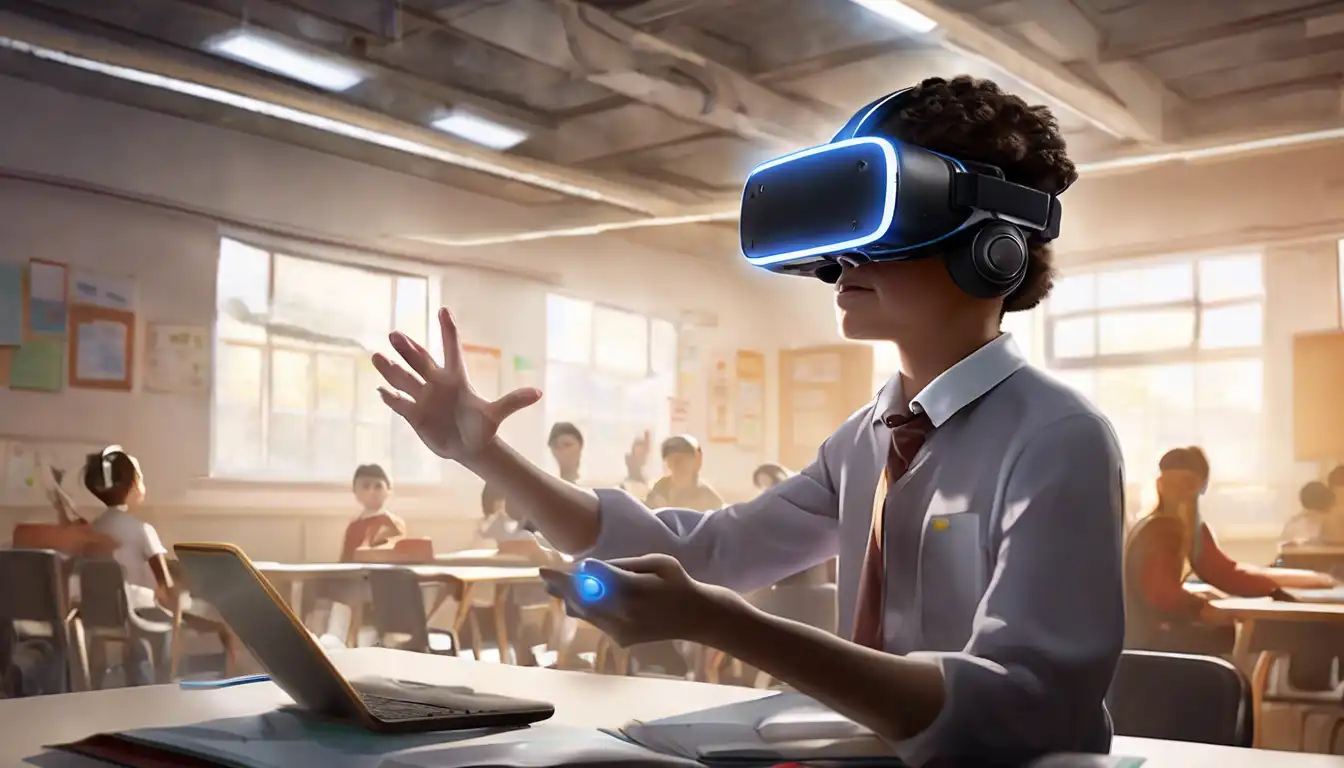The Transformative Impact of Virtual Reality on Learning and Development
Virtual Reality (VR) technology has been making waves across various sectors, but its potential in education and training is particularly noteworthy. By creating immersive, interactive environments, VR offers unparalleled opportunities for experiential learning and skill development. This article delves into how VR is revolutionizing the educational landscape and training methodologies.
Why VR in Education?
VR in education transcends traditional learning boundaries, offering students a hands-on experience that was previously unimaginable. From virtual field trips to historical sites to immersive science experiments, VR makes learning engaging and memorable. Studies have shown that VR can enhance retention rates by enabling learners to visualize and interact with complex concepts in a three-dimensional space.
VR in Professional Training
Beyond the classroom, VR is transforming professional training across industries. For instance, medical students can perform virtual surgeries, providing a risk-free environment to hone their skills. Similarly, VR is used in aviation for flight simulations, allowing pilots to experience and react to real-life scenarios without leaving the ground. This not only improves safety but also significantly reduces training costs.
Benefits of VR in Learning and Development
- Enhanced Engagement: VR's immersive nature captures learners' attention, making education more interactive and fun.
- Improved Retention: Experiential learning through VR leads to better understanding and memory retention.
- Accessibility: VR can bring distant or inaccessible locations and scenarios into the classroom or training room.
- Cost-Effectiveness: Virtual simulations reduce the need for physical materials and travel, offering a sustainable alternative.
Challenges and Considerations
Despite its benefits, the integration of VR in education and training comes with challenges. The high cost of VR equipment and the need for technical expertise can be barriers for some institutions. Additionally, there's the issue of content quality and relevance, which requires continuous updates and customization to meet learners' needs.
The Future of VR in Education and Training
As VR technology becomes more affordable and accessible, its adoption in education and training is expected to grow exponentially. Future advancements may include more personalized learning experiences powered by AI and the integration of VR with other emerging technologies like augmented reality (AR) for blended learning environments.
In conclusion, VR holds immense potential to transform education and training by making learning more immersive, engaging, and effective. While challenges exist, the benefits far outweigh the drawbacks, paving the way for a future where VR is an integral part of learning and development strategies.
